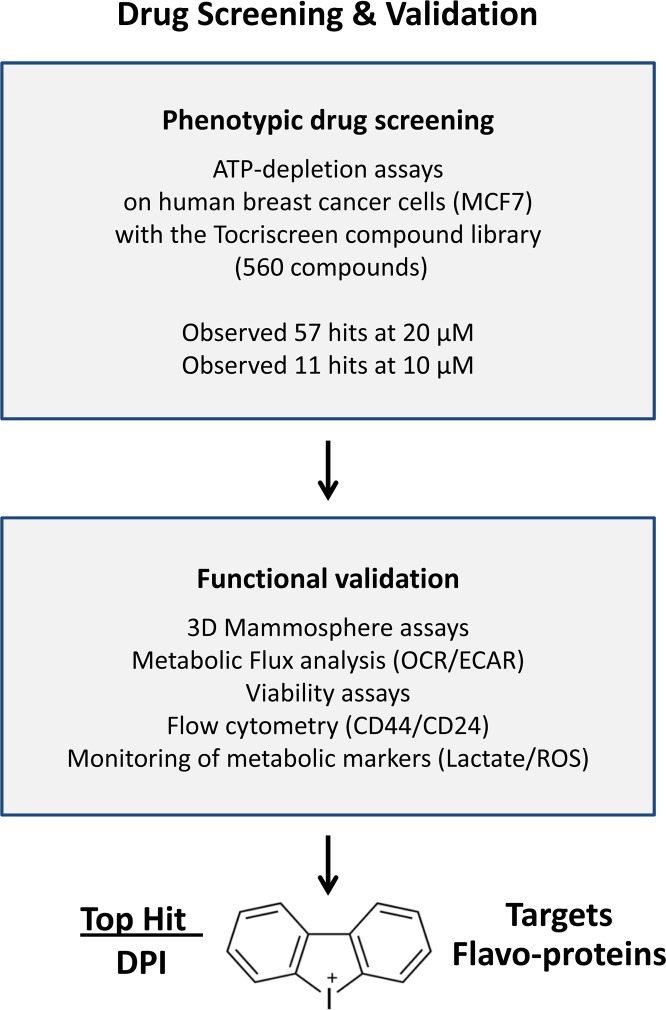Figure 1. Diagram illustrating the main steps of our drug discovery work-flow.
(i) Phenotypic drug screening. A sub-set of the Tocriscreen compound library was subjected to phenotypic drug screening, at a concentration of 20 μM. The screen was set up to specifically identify compounds which can functionally induce ATP-depletion, without inducing cell death. Subsequently, positive hits were re-screened at a lower concentration (10 μM). (ii) Functional validation. Hit compounds were then further validated using mammosphere assays (for assessing potential anti-cancer stem cell activity). Metabolic flux analysis (to determine specific effects on oxygen consumption), flow cytometry and viability assays were also carried out. (iii) Top hit compound. The structure of DPI (Diphenyleneiodonium chloride), the top hit compound, is shown. Importantly, DPI is known to functionally target flavin-containing enzymes, especially within mitochondrial complex I (NDUFV1/2/3) and II (SDHA), as well as the TCA cycle. DPI chemically reacts with and inactivates FMN (flavin mononucleotide).

